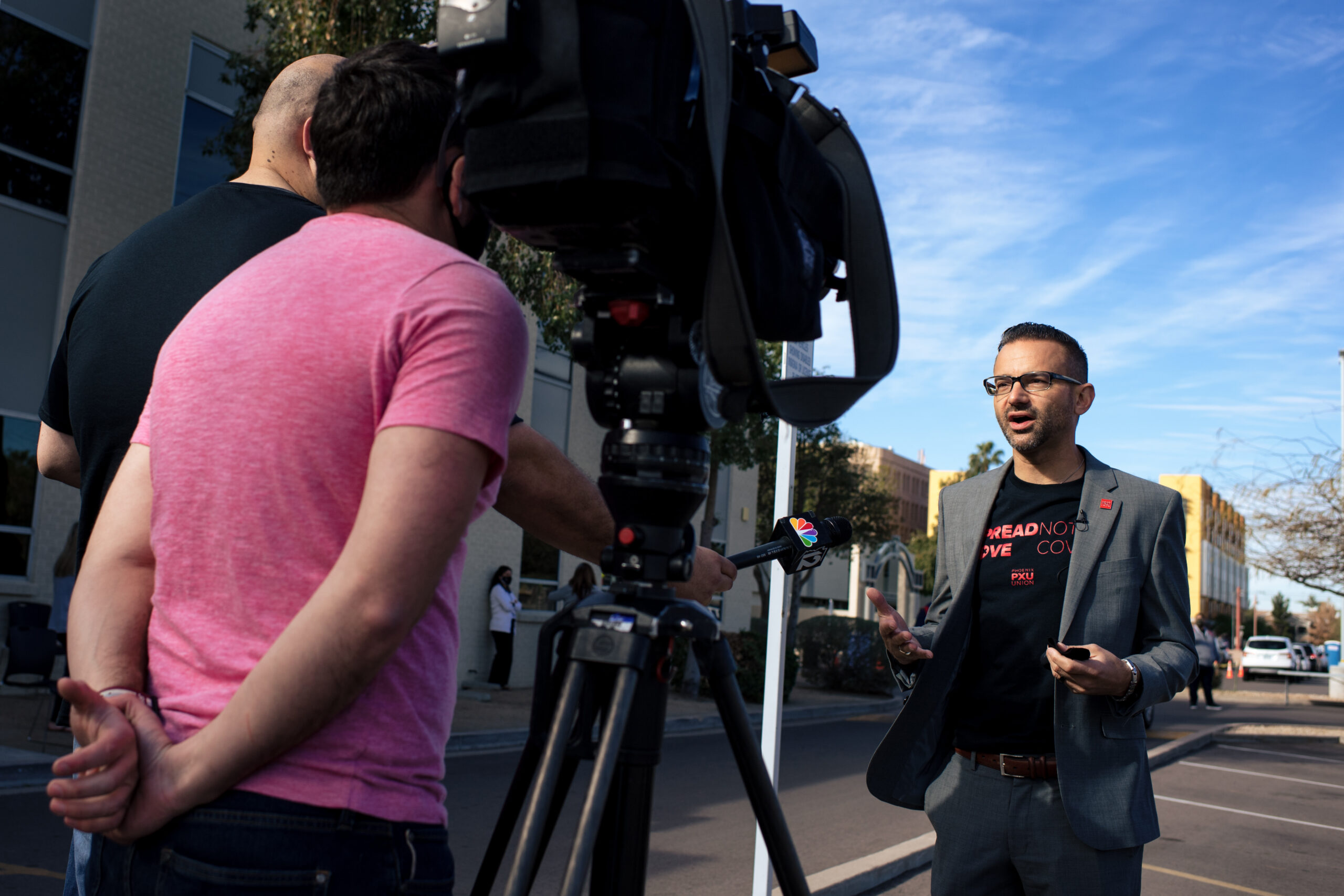As our nation approaches the two-year anniversary of the first pandemic-related school closures and will soon mark one year since approval of the American Rescue Plan (ARP), Chiefs for Change today released a resource to help school districts and state education systems explain how they are using their COVID relief aid. Titled Investment in Action: Telling the Story of How Federal Pandemic Recovery Funds Are Supporting Students, the resource offers guidance on communicating about the programs funded by ARP and other Elementary and Secondary School Emergency Relief (ESSER) dollars, how systems can engage their communities, and how leaders are working to ensure transparency and accountability.
“Never before has the federal government approved so much emergency funding for education,” said Chiefs for Change CEO Mike Magee. “States and districts must not only put these dollars to good use but must involve families, staff, and the community in spending decisions—and show them the impact of investments over time. Our chiefs have created dashboards and tech tools to share this information locally. By providing examples from across our membership and outlining a number of best practices, we hope to help education systems communicate how they are using their funds.”
Nationwide, school districts have spent ESSER funds to conduct in-person learning by upgrading ventilation systems and improving facilities; to accelerate student learning by providing intensive tutoring and other academic supports; to support students’ wellbeing by expanding mental health and wellness services; and to address labor shortages by focusing on retention and launching new efforts to recruit teachers and staff.
“As education leaders, we have a once-in-a-lifetime opportunity to make investments that will help our schools address their most pressing local needs and priorities, and design programs that better serve students now and over the long term,” said Chiefs for Change board member and Mississippi State Superintendent Carey Wright. “With all the challenges systems are facing, this funding can make a real difference. It is critical for us to tell the stories of progress and impact.”
Chiefs for Change is a bipartisan network of state and district education chiefs. Since the start of the pandemic, it has operated the largest community of practice for education leaders, with a network that reaches one in three students across the United States. The resource released today highlights various methods of communication that Chiefs for Change members are using to inform their communities about the federal aid. Methods include community meetings and press interviews, social media and videos, and op-eds and blog posts. Highline Public Schools near Seattle, Washington, for example, collaborated with the U.S. Department of Education to highlight the district’s student wellness efforts with a video that Secretary of Education Miguel Cardona amplified on Twitter. As another example, Indianapolis Public Schools held a series of town halls to hear from families, students, educators, and others. Using that input, the district identified priority areas aligned to its overall strategic planning process and created a publicly available ESSER tracker with up-to-date information on how the funding is being spent across key priorities and initiatives.
The first round of ESSER funding was provided by the CARES Act, passed by Congress in March 2020. That funding will be available for districts to obligate until September 30, 2022, while ESSER II funds, appropriated by Congress in December 2020, will be available to obligate until September 30, 2023. ESSER III funds, included in the ARP, which passed in March 2021, will be available to obligate until September 30, 2024.
This new resource is not intended to advise on funding decisions, but can be used in tandem with other materials produced by Chiefs for Change that offer planning support for allocating federal funds as well as guidance for investing in high-dosage tutoring and assessing and addressing district and system-level student wellbeing needs.
